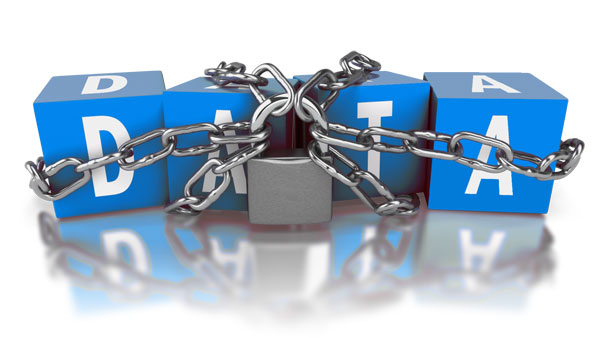Consumer privacy is a key pillar in the digital advertising ecosystem and all consumers have the right to choose how their data is used. All parties within the advertising ecosystem must work together to uphold industry-wide privacy regulations and ensure that consumer choices are respected throughout the supply chain. By choosing to work with partners who are committed to privacy standards, we can drive a more customer-centric, transparent and trustworthy advertising ecosystem.

Increasing cases of cybercrime and data breaches, coupled with unscrupulous data practices, have jeopardized valuable customer information and started to erode customer trust and loyalty. Organizations have a responsibility to protect the customer data they have collected. To regain consumer trust, organizations must implement stronger customer data protection policies and practices and review them regularly.
On Data Privacy Day, let’s look at five customer data protection practices to help you build trust and loyalty.
Promote a culture of data privacy
Any change with a lasting impact should be introduced using the top-down approach. It must get buy-in from executives so that it is relatively easy to implement throughout the organization.
When C-level executives agree to the change, it will be easier to invest in better resources, tools, training programs, and software applications to implement better data privacy practices. Organizations should also consider investing in a Chief Privacy Officer (CPO) or a Data Protection Officer (DPO) who is adept at spearheading data privacy initiatives to ensure the sustainability of the data privacy culture.
Organizations must train employees (both local and remote) who manage customer data on handling critical customer data. An introductory session during the employee onboarding program should explain the guidelines and policies for the use of devices, remote access, etc. Also, making it mandatory for employees to use a password management tool will encrypt passwords and make them less susceptible to security vulnerabilities.
Follow the data protection laws
Regulations such as the EU’s General Data Protection Regulation (GDPR) and the California Consumer Privacy Act (CCPA) define how organizations must collect and store customer data, among other data management practices. For example, hiring a DPO is mandatory under GDPR compliance. Failure to comply with these data privacy laws can generate heavy fines, along with the impending public relations disaster that would deteriorate consumer confidence.
The Customer of the Future Says: Complying with regulations not only helps the business avoid large fines, it also signals to customers that your organization is aware of cybersecurity challenges and is working to protect their data and give power to the consumers.
Collect only essential data points
The more information you collect from your customers, the more your database will be on the hackers’ radar. Therefore, it is recommended to collect customer data that is absolutely essential.
While providing a contextual and personalized experience is becoming the norm, collecting too many data points also creates suspicion in the minds of customers. Speaking from a funnel marketing perspective, it is helpful to consider the stage of the buyer’s journey to determine the number of information points they would need. For example, you don’t need an elaborate signup form for closed content targeting the top of the funnel audience.
Cultivate transparency
Due to data theft issues, customers are increasingly skeptical of how organizations use their data. To build trust, be transparent about how you collect and manage customer data.
Let people know that you are collecting information about them; tell them what you are collecting and how you plan to use it, and let them choose whether they agree or disagree.
Be sure to update your customers when you make changes to your data management practices and allow them to opt out whenever they want.
Have a disaster control plan in place
Despite taking active steps to protect customer data, data loss threats could still prevail. Make sure to back up customer data regularly and evaluate data recovery options. Also, implement strict data access rules to ensure that only the right people have access to the right data.
One of the best data security practices is to have a disaster recovery plan to ensure business continuity and keep your data in a place where it will not be lost forever. Expand the plan to include preventive and actionable measures to cover these other data security risks.



